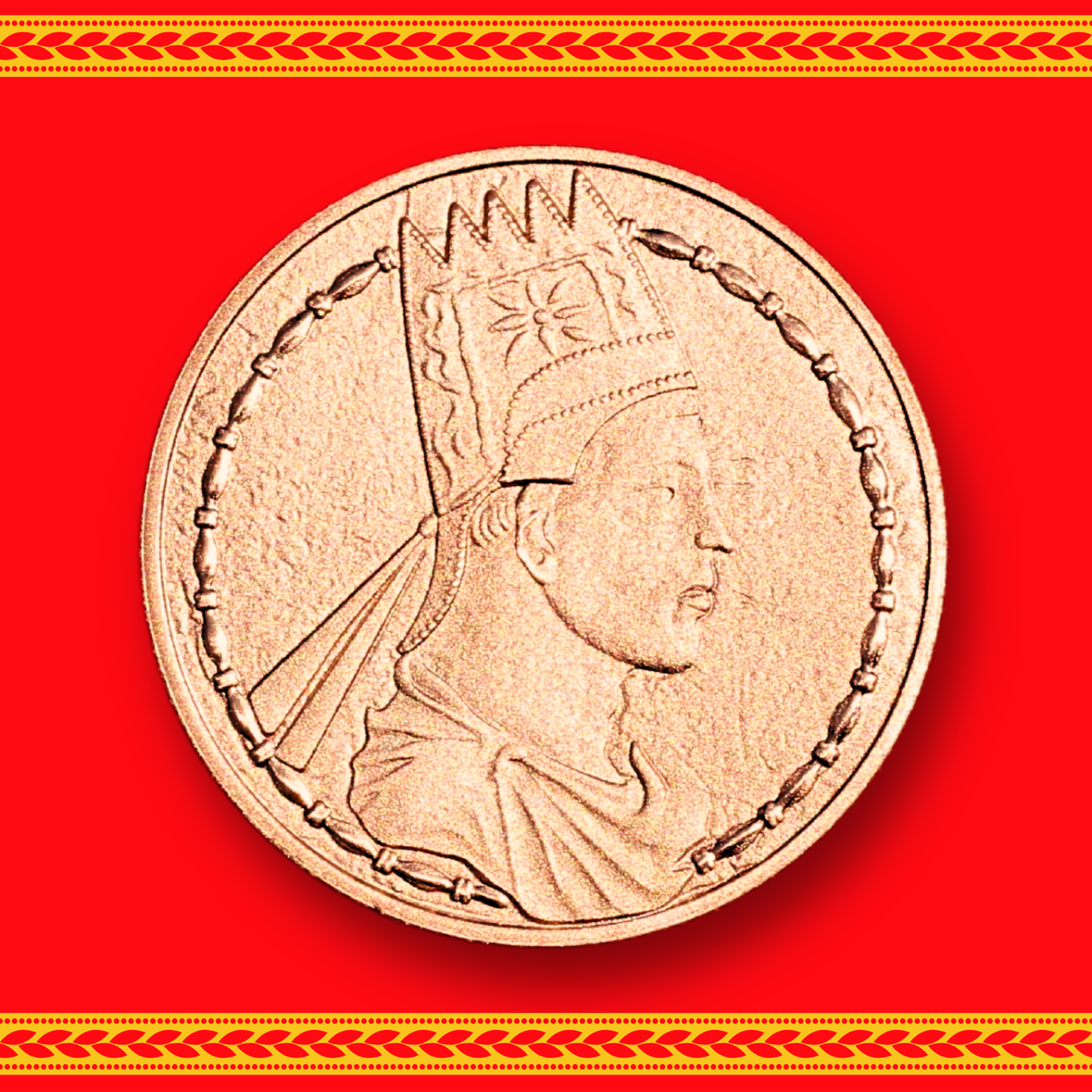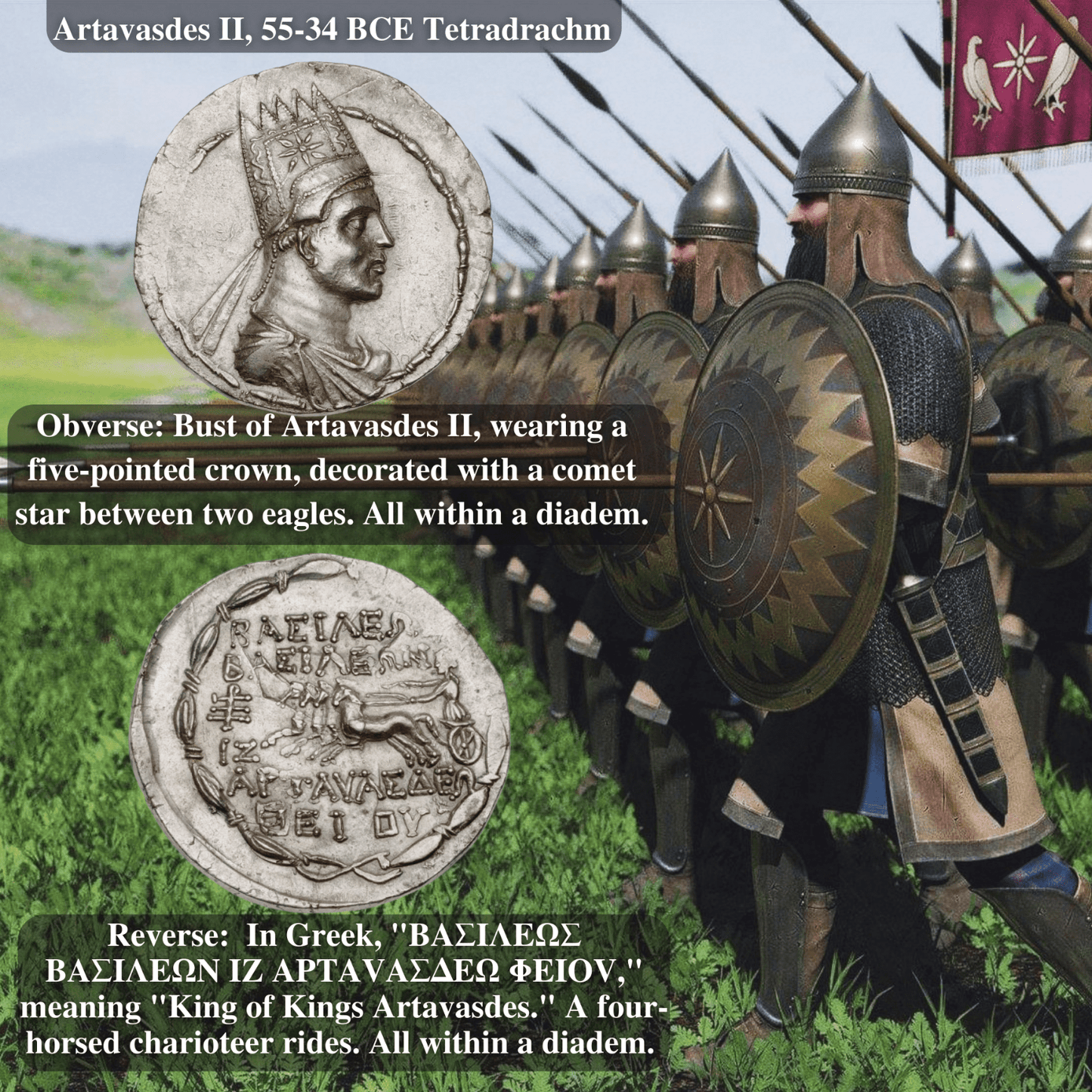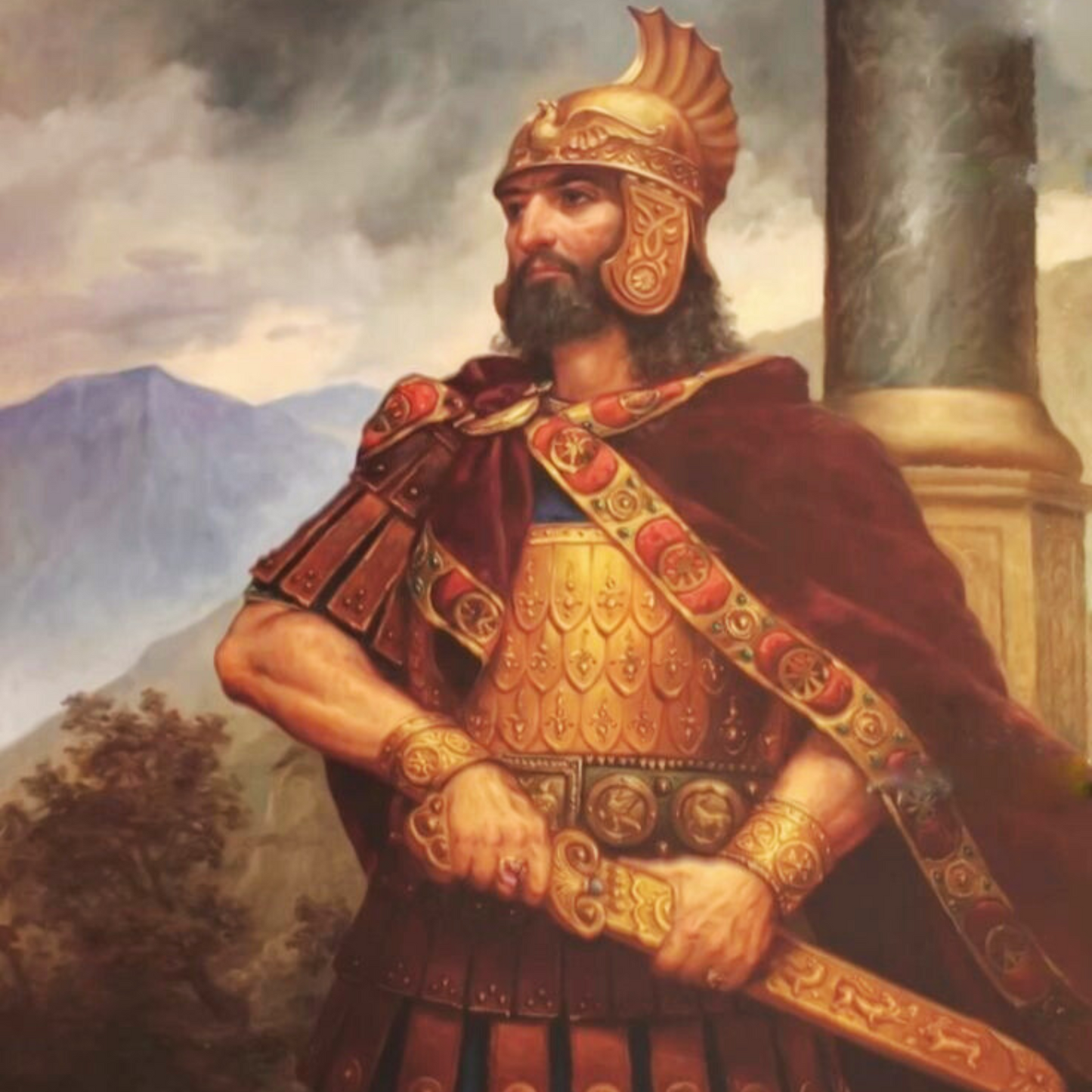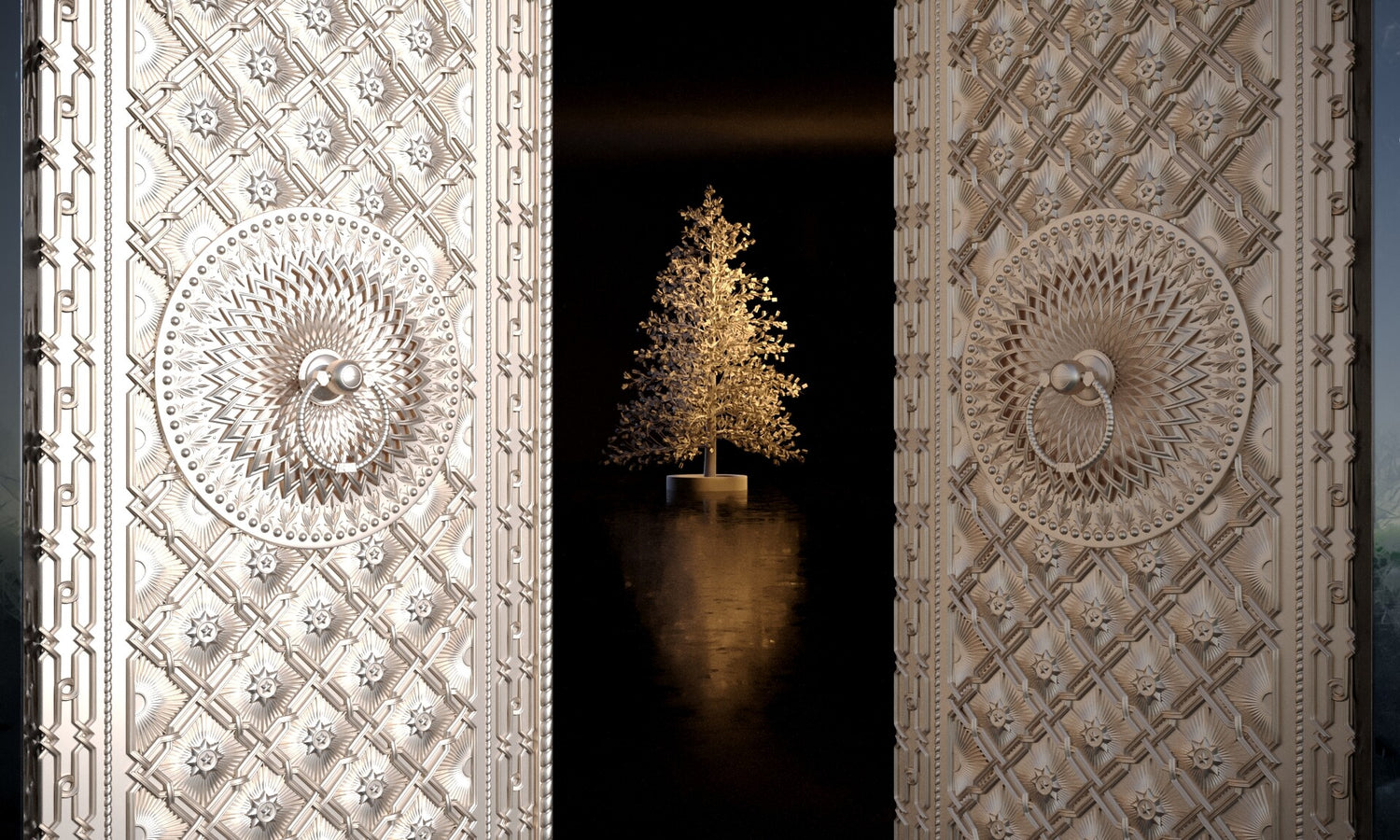Pomegranate Mint
2024 Artavasdes II Copper Chalkoi Coin
2024 Artavasdes II Copper Chalkoi Coin
Couldn't load pickup availability
Available now! Very low mintage, only 500 will ever be made!
The copper chalkoi (also known as "chalkos" in singular) was a small denomination of coinage used in ancient Armenia. The term "chalkos" originally comes from the Greek word for copper, and it was adopted by various cultures throughout the Hellenistic and Roman periods.
Copper Chalkoi in Ancient Armenian Coinage
Description and Characteristics:
1. Material: The chalkoi were made primarily of copper or bronze, which were common materials for lower denomination coins in the ancient world.
2. Size and Weight: These coins were small and lightweight, typically ranging from 0.5 to 2 grams, making them suitable for everyday transactions.
3. Design: The design of Armenian chalkoi often reflected Hellenistic influences. They featured motifs such as the profiles of local kings, deities, and symbolic imagery. Common inscriptions were in Greek or Armenian script, indicating the ruler’s name and titles, and sometimes featured local symbols like eagles, lions, or local deities.
Historical Context:
1. Hellenistic Influence: The influence of Greek culture and economic practices reached Armenia following the conquests of Alexander the Great. As a result, Armenian coinage, including the copper chalkoi, adopted Greek styles and standards. This included the use of Greek language on coins and Hellenistic artistic motifs.
2. Economic Role: The copper chalkoi served as a crucial component of the local economy. They were used for everyday transactions such as buying food, small goods, and services. These coins were particularly important for the lower and middle classes, facilitating minor trade and commerce.
3. Political Significance: Issuing coinage was a powerful statement of autonomy and sovereignty. By minting their own copper chalkoi, Armenian rulers demonstrated their control over local economies and asserted their independence from larger empires such as the Seleucid, Parthian, or Roman Empires.
Importance in Armenian History:
1. Cultural Synthesis: The copper chalkoi of Armenia represent a blend of local and Hellenistic traditions. This synthesis is evident in the design and inscriptions on the coins. For instance, coins might display Greek gods like Zeus or Artemis alongside local deities or symbols, reflecting a unique cultural amalgamation.
2. Local Rulers: Notable Armenian rulers who issued chalkoi included kings from the Artaxiad dynasty (189 BC–1 AD) and the Arsacid dynasty (52–428 AD). These coins often bore the images and names of these kings, serving both as a medium of exchange and a tool of propaganda.
3. Archaeological Insight: Discoveries of copper chalkoi in archaeological sites provide historians and archaeologists with valuable information about the economic conditions, trade networks, and political landscape of ancient Armenia. These coins help to map out trade routes and economic connections with neighboring regions and empires.
Examples of Armenian Chalkoi:
1. Artaxiad Dynasty: Coins from this period might depict King Artaxias I or Tigranes the Great. The designs often include Greek inscriptions and Hellenistic imagery such as diademed busts of the kings and images of Nike (the goddess of victory).
2. Arsacid Dynasty: Coins from this later period may show King Tiridates I or other Arsacid rulers, featuring both Greek and Parthian elements in their design. Inscriptions might be bilingual, highlighting the diverse cultural influences on Armenian coinage.
The copper chalkoi of ancient Armenia were more than just currency; they were symbols of cultural synthesis, political authority, and economic life. Their design, use, and production provide a window into the complex and rich history of ancient Armenia, illustrating its connections to broader Hellenistic and later Roman worlds while maintaining distinct local traditions.
Artavasdes II
Artavasdes II was the son of Tigranes the Great and Cleopatra of Pontus and a grandchild of Mithradates VI Eupator. He succeeded to his father's throne initially as an ally of Rome, continuing to use the title “King of Kings.” Still, he changed sides after the devastating defeat of Crassus against the Parthians at Carrhae in 53 BCE. In 36 BCE, when Mark Antony launched his large-scale invasion of the Parthian Empire, Artavasdes II allied himself with Rome again.
Mark Antony summoned Artavasdes II to Nicopolis, allegedly to prepare a new war against Parthia. Artavasdes II didn't come, so the Roman general quickly marched to the Armenian capital Artaxata. He arrested the king, hoping with his hostage's assistance to obtain great treasures in the Armenian castles. His son Artaxias II was elected as successor. After a lost battle, Artaxias II fled to the Parthian king. Mark Antony blamed Artavasdes II for the disastrous failure of his Parthian campaign. Two years later, the Romans invaded Armenia and disposed of Artavasdes II, who, along with his family, was taken to Alexandria, bound in chains made of gold, and led behind Antony’s victory procession.
Upon Artavasdes II’s refusal to bow to Cleopatra VII of Egypt by proskynesis, they were held captive for several years. After Antony’s defeat at the Battle of Actium in 31 BCE, Artavasdes II was beheaded on Cleopatra’s orders. She then sent his head to the enemy of Armenia, King Artavasdes I of Media Atropatene, an ally of Antony and Cleopatra, to seek an alliance. Plutarch described Artavasdes II as a well-educated man, fond of all things Greek, and an accomplished scholar who composed Greek tragedies and histories.
The silver coinage of Artavasdes II is exceptionally very rare, as it was only struck in four years: between 51 and 49 BCE and 40 and 38 BCE, respectively. There are only four known examples of tetradrachms, and four drachms available to the numismatic community, making them highly desired and expensive. The coinage was likely struck in the capital of Artaxata (modern-day Artashat, Armenia). During this time, Armenia used Greek as a lingua-franca for the region. The cultures were close, explaining why we see Greek inscriptions on foreign coinage within Armenia and Parthia.











-
Free Shipping
If you spend at least $250 Canadian dollars with us, use coupon code FREESHIP, and we will cover the shipping.
-
Made for You
When you place your order, we will make your clothing orders especially for you.












